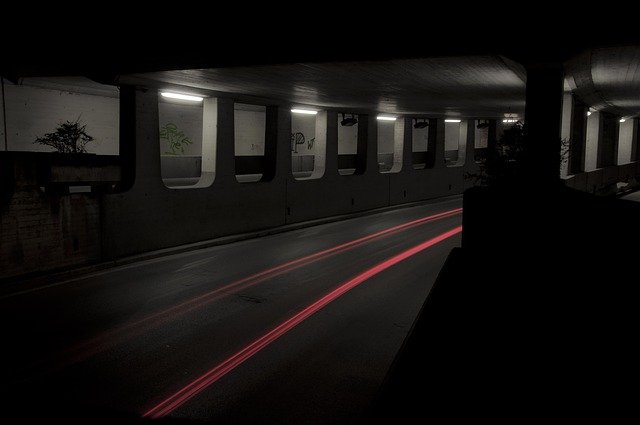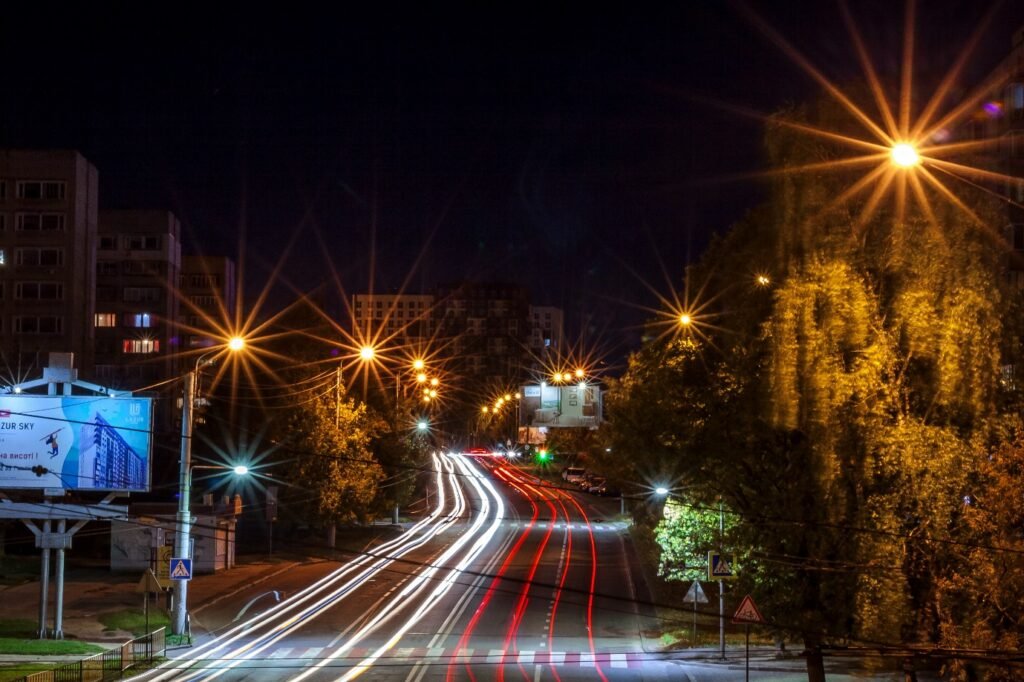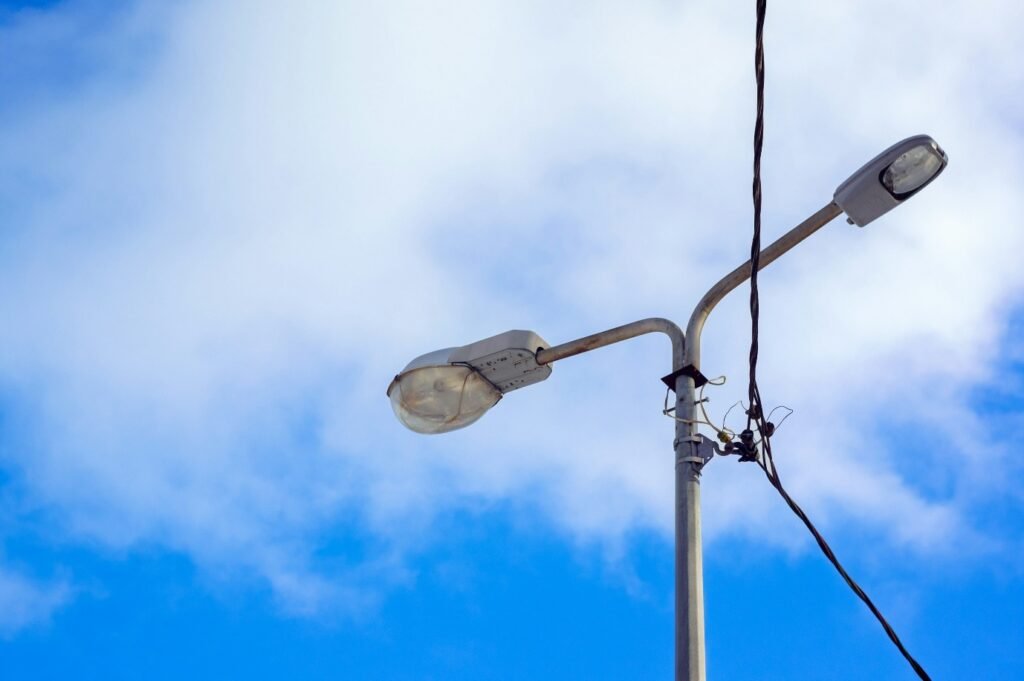Across the Middle East and North Africa (MENA), the increasing necessity for supportable, self-directed lighting is driving a quick swing on the way to solar-powered street and outdoor lighting systems. From the enormous deserts of Saudi Arabia to the seaside grasslands of Morocco and the hilly landscape of Oman, thousands of populations work away from the reach of steady electrical grids. In these areas, off-grid LED systems powered by solar panels have become above and beyond just a convenience—they are a necessity.
Fundamentally these systems are intelligent photocell controllers, which function as the brain of the process. These controllers adjust how and when solar energy is taken, kept, and transformed into lighting for the duration of the night. Straightforward this may sound, the mechanical demands are enormous in the severe weathers of the Middle East, where sandstorms, high UV exposure, and high temperature swings compel each component to its maximum.
Consequently, producers like Lead-Top MENA have been at the front position of manufacturing solar + photocell controllers made specifically for such severe surroundings. By merging solar charging logic with light-sensing intelligence, these hybrid systems guarantee dependability, durability, and proficiency in the most isolated or challenging desert situations.
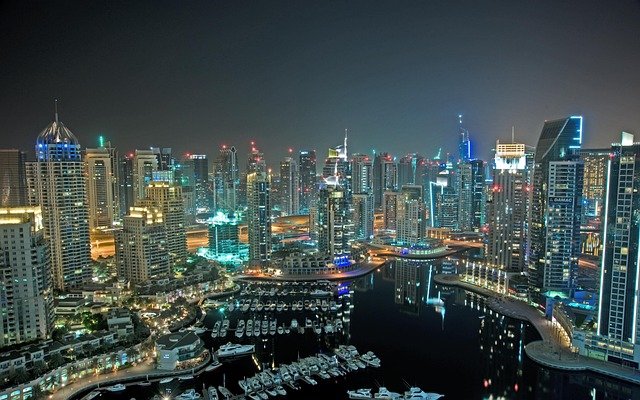
How Solar + Photocell Integration Works
The combination of solar logic with photocell working signifies a key step onward in the advancement of solar lighting control systems.
Conventionally, a photocell works by sensing environment light levels. When daylight declines lower than a certain lux threshold, the photocell gives an indication to switch on the lighting fixture. As soon as the sun rises again, the photocell turns the light off. This simple dusk-to-dawn mechanization has been used for years in urban lighting systems linked to the electrical grid.
But, in off-grid LED systems, the condition is multifaceted. Rather than just turning the lights on and off, the controller must also control solar charging, battery storage, and power distribution. A solar-compatible photocell controller incorporates these tasks effortlessly.
Throughout the daylight, when sunshine is ample, the controller emphasizes on charging the battery through the solar panel. It confirms that stowed energy is maximized even though keeping the LEDs off to save power. As sunset approaches and solar irradiance descents below a set point—normally between 10 to 16 lux—the photocell function starts. The LEDs light up robotically, run completely by the stored battery energy.
This dual-sensor mechanism (solar input + environmental light sensing) guarantees optimum proficiency. There’s no need for labor-intensive timers, human involvement, or connection to external power networks. This individuality is predominantly valued in distant desert municipalities, beside roads crossing the Empty Quarter, or in countryside populations spread across North Africa’s dry plateaus.
As the photocell rationality is directly harmonized with solar charging behavior, it averts untimely activation through cloudy days or sandstorms and guarantees the lighting timetable regulates robotically during the course of the year as daylight hours change.
Environmental Resilience Requirements
Manufacturing photocell controllers for the Middle East needs considerably greater than normal electrical engineering—it demands environmental resilience engineering. The MENA area’s thrilling environments examine materials, electronics, and seals to their utter limits.
High temperature Acceptance
Controllers positioned in the Arabian Peninsula need to survive high temperature ranges from –40 °C to +80 °C. In the daylight, enclosures can reach severe surface temperatures under direct sunlight, although at night, desert air can drop close to freezing. Controllers manufactured with industrial-grade semiconductors and temperature resilient polymers uphold functionality in spite of these instabilities.
UV and Sand Resistance
High UV exposure speeds up the degradation of plastics and coatings. For this reason UV-resistant polycarbonate are used to uphold clearness, avert bruising, and guard inner components. Moreover, IP67 or higher sealing standards are important to avert sand, dust, and dampness from penetrating the device.
Surge and Corrosion Protection
In hybrid systems that frequently link to diesel generators, power surges can spread to destructive levels damaging conventional desert lighting solutions. To alleviate this, up-to-date controllers comprise of surge protection of ≥ 20 kV. In the same way, coastline fittings in Oman or North Africa need erosion resistant terminals and conformal-coated PCBs to fight salt destruction.


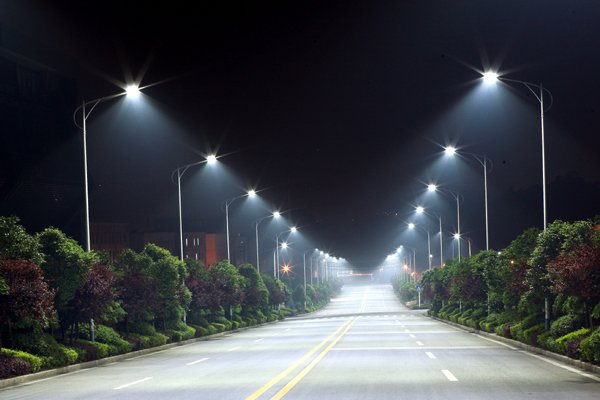
Smart City and Sustainability Integration
Away from separate systems, solar + photocell controllers are playing a crucial role in the smart city transformation across the Middle East.
States alike Saudi Arabia, the UAE, and Qatar are violently spending in smart infrastructure as per part of their extended sustainability visualizations—Saudi Vision 2030, UAE’s Green Energy Strategy, and Qatar National Vision 2030, to name a few. Street lighting, previously an inactive utility, is becoming an active data point in the urban digital ecosystem.
Modern controllers from Lead-Top MENA and related modernizers are equipped with D4i or Zhaga Book 18 interfaces, allowing communication between the lighting node and central management platforms. These “smart-ready” controllers can convey real time data for instance:
- Battery health and charge cycles
- Energy consumption patterns
- Temperature and ambient light levels
- Operational status and fault reports
This data empowers towns to execute prognostic maintenance, robotically spotting errors before they cause blackout. It moreover hold up energy optimization, permitting metropolitan developers to examine consumption tendencies and regulate settings solitary.
Such as, through Ramadan or national events, illumination levels or operation timetables can be changed vigorously devoid of transporting maintenance staffs into the field. This digital connectivity line up flawlessly with local significances for energy proficiency, sustainability, and smooth governance.
Economic and Maintenance Benefits
Applying solar + photocell-controlled lighting systems offers quantifiable financial benefits for cities, workers, and structure designers across the Middle East and North Africa.
Energy Independence
By depending wholly on solar energy, these systems eradicate reliance on grid electrical energy. This freedom is vital in off-grid regions, where spreading transmission lines can charge thousands of dollars per kilometer. When fitted, solar-powered components work independently, significantly decreasing utility expenditures.
Lesser Upkeep Expenses
As the photocell controller robotically adjusts to cyclic daylight variations, so it needs no physical alteration or everyday site visits. This reduces looking after visits, fuel savings, and labor, and logistics— substantial concerns when repairing equipment in distant desert areas.
Long lasting Monetary Savings
A well-planned off-grid LED system using solar + photocell logic can provide up to 70% energy savings related to old-styled streetlights. Moreover, extended component lifecycles and lesser functioning expenditures generate a promising return on investment, often within three to five years.
Sustainability and Carbon Reduction
Each solar-powered light cuts carbon emanations by dislodging fossil-fuel electricity or diesel generator use. This characterizes a key contribution to nationwide sustainability goals and commercial environmental concerning programs.
Conclusion
In the testing topographies of the Middle East and North Africa, where daylight is ample but infrastructure is infrequent, solar + photocell controllers have emerged as the foundation of dependable, off-grid lighting. These intelligent systems bring together solar logic, light sensing, and environmental durability to guarantee nonstop lighting across all terrains—devoid of depending on external power grids.
Companies like Lead-Top MENA continue to lead this transformation, providing desert lighting solutions that embody efficiency, durability, and innovation. By doing this, they furthermore lighten roads, public places and also power the state’s continuing journey to a greener, smarter, and more sustainable future.


